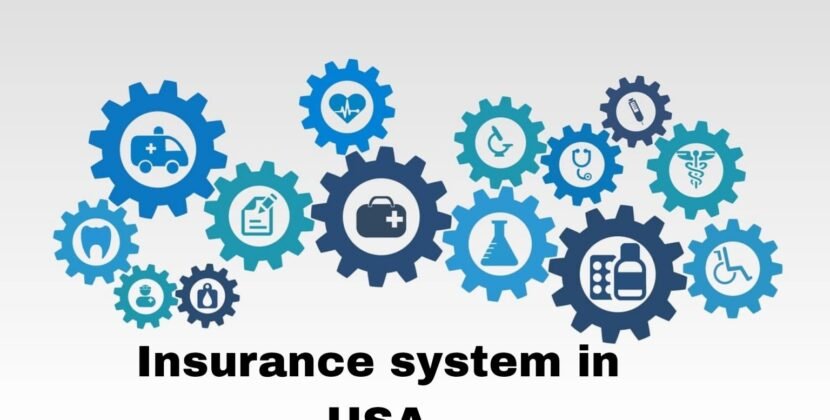AskGamblers is one of the few names in the iGaming industry that has stood the test of time and established a legacy that resonates with both players and operators.
The story of AskGamblers began with a modest idea of connecting casino operators with their users. Today, AskGamblers is well known as a leading casino affiliate portal that provides players with unbiased casino, slot, and sportsbook reviews, shares real players’ opinions and ratings, and helps users resolve issues with operators via a unique complaint resolution system.
AskGamblers – 19 Years of iGaming Legacy has provided players with a platform built on trust, fairness, and transparency. Over the years, it has become a trusted name for safety and honesty in the iGaming industry
The Humble Beginnings
AskGamblers was founded by Igor Šalindrija, then a law student, who built the website from the ground up in 2006.
Initially, the project was led by a team of volunteers, friends, and aficionados, who helped Igor with research, continually updating existing information on the site, adding new content, and introducing new features, including the AskGamblers forum.
Building a Community: The AskGamblers Forum
AskGamblers had a clear idea of what mattered in the industry – trustworthiness.
Sketchy casinos have no chance in the iGaming industry. Players quickly recognise them and avoid them like a plague. Therefore, AskGamblers’ goal was to promote trustworthiness in the gambling industry by including players in its reviews. This decision proved to be right, as the community has since grown to encompass over 750,000 members.
The forum was particularly revolutionary for its time because it was created when iGaming lacked centralised platforms for unbiased player feedback. Here was a space where players could warn others about rogue casinos and even recommend trustworthy ones. The open dialogue system enables transparency and trust, which remain central to AskGamblers’ ethos.
The community empowers players with features like user-generated reviews and the AskGamblers Casino Complaint Service (AGCCS), now known as the AskGamblers Complaint Service, as it has grown to include multiple platforms, not just online casinos.
Additionally, AskGamblers community members get to flag inaccuracies in casino and bonus information through an “inaccuracy report”, which keeps the platform on its feet to ensure that the information they provide remains up-to-date and reliable.
Often, when you visit a website to research a casino platform, you find cold, lifeless AI content. However, the AskGamblers community offers something that algorithms can’t replicate: genuine human stories. These personal reviews share real experiences, building trust and connection among users.
In the last two decades, what began as a simple forum where players voiced honest opinions about their real casino experiences has grown into a well-respected mediator between casinos and players.
Casino Complaint Service: Another Game Changer
The AskGamblers Complaint Service was introduced in 2009. Thus far, the complaint resolution system has received over 95,300 complaints – and counting.
A common concern for casino players is the challenge they face when it is time to collect their winnings. AskGamblers decided to use the authority they built to help players intercede with any casino that refused to pay out players’ winnings.
Before the Casino Complaint Service, many players usually accepted their fate, took their losses, and moved on to other gambling platforms. AskGamblers changed all this by serving as a third party you can turn to when a casino stops responding after you have requested your winnings.
As a moderator, AskGamblers has successfully returned more than $71 million to players. Years later, the AskGamblers team started accepting complaints in multiple languages for multiple platforms, including sportsbooks.
Rooted Locally, Recognised Globally
AskGamblers has become a globally recognised, high-authority brand. Unlike other global brands that forget their local following, AskGamblers has shown that its priority is creating meaningful connections with players worldwide while respecting their unique cultural and regulatory contexts.
The platform tailors its content well to reflect the real situation in popular iGaming markets like the United Kingdom, Germany, and Canada. It highlights casinos that comply with local licensing bodies, such as the UK Gambling Commission or Malta Gaming Authority, to name a couple. Region-specific information on topics like self-exclusion programs and gambling limits are also considered.
A key part of AskGamblers’ global success is hiring native speakers and language experts who act as cultural ambassadors and content authority. These individuals create content that truly connects with regional preferences, as seen in the Aztec New Year and Cinco de Mayo campaigns. The team’s local knowledge is invaluable, especially when navigating regional regulations, such as adhering to the rules posed by the Gemeinsamen Glücksspielbehörde der Länder (GGL) on the German version of the website.
Plus, their deep understanding of linguistic nuances helps avoid pitfalls that non-native writers might miss. You see, where a Spaniard might look for “tragaperras”, a person residing in one of the Latin American countries will want to know all about “tragamonedas”. The AskGamblers experts will make sure you find exactly what you are looking for.
The localisation AskGamblers has brought to the iGaming industry extends beyond language. They’ve tailored their offerings to fit local gaming trends and player preferences. In areas where sports betting is more popular than casino gaming, they focus more on sportsbook reviews and bet calculators, which highlights their dedication to understanding the market and what players genuinely enjoy.
AskGamblers Awards: Recognising Excellence in iGaming
The AskGamblers Awards stand out as a top event in the iGaming world. Why? Because they combine player votes with expert insights to spotlight brands that shine in online gaming. Each year, this lively celebration unites players, industry pros, and casino operators to honour the best casinos, games, and services.
The ceremony is held alongside a Charity Night auction to help raise funds for important causes. In fact, only last year, AskGamblers raised €106,500 in just one evening, breaking all previous Charity Night records.
The AskGamblers Awards selection process works in three different phases:
- Nominations phase: Over the course of two months, players can nominate their favourite casinos, new casinos, slots, and sportsbooks for several awards.
- Voting phase: After the nominations are over, the top 10 finalists in each category are announced and voting for favourites in each section among these finalists kicks off on the AskGamblers website.
- Final evaluation: Besides the player votes, the experts will check that player preferences reflect industry standards and see if the final winners are really up to par.
Categories such as “Players’ Choice” depend solely on player votes, free from expert influence. No nominations can be bought or swayed. Some operators proudly showcase these awards on their sites, proving their commitment to quality service.
The Secret to AskGamblers’ Success
AskGamblers started as a humble idea by Igor Šalindrija and has skyrocketed to become a leader in the iGaming industry, with over 750,000 registered members. Their secret? A foundation built on trust and transparency, reflected through their motto, “Get the truth. Then play.” that guides them to this day.
AskGamblers focuses on what players want, offering detailed reviews and ratings powered by a complicated CasinoRank algorithm, highlighting certified casinos to guide players toward a safe gaming experience, and introducing features like the Complaint Service and player-driven awards.
Their success story shows that prioritising community engagement and adaptation to market trends is truly how a strong brand is built and will continue to thrive through authenticity, user focus, and continuous improvement.




















